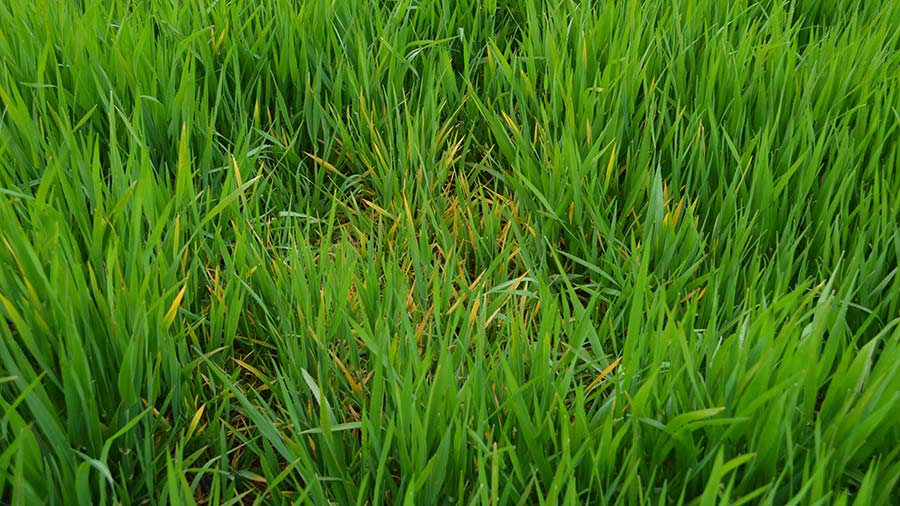Cereal growers urged to cut BYDV threat by controlling ‘green bridge’
 © MAG/David Jones
© MAG/David Jones Cereal growers are being urged to reduce the risk of aphid-borne barley yellow dwarf virus (BYDV) by controlling volunteer cereals through desiccation or cultivation well before drilling their next cereal crop.
The risk of BYDV is considered to be high this coming season as low specific weights this harvest will mean more seed going over the back of combines.
In addition, a move to reduced soil cultivation, the use of cover crops and environmental headlands, and the current warm weather, will exacerbate the situation.
All this means a greater risk from the “green bridge”, whereby aphids can survive on green volunteer cereals or adjacent host crops, and then start to infect any newly-emerging cereal crops.
This build-up of aphids is currently ahead of normal.
See also: Cereals 2023: Insecticide-free wheat set for drilling this autumn
Aphid threat
Neil Watson, southern technical manager at agronomy group Hutchinsons, says aphids which spread BYDV, such as the bird cherry-oat aphid, are being caught in suction traps now, so any green stubbles will be attractive to aphids – increasing the risk of virus transfer.
“It’s key there is sufficient time between killing the volunteers through desiccation or cultivations and drilling the next crop. As the volunteers start to die back and they turn yellow, they could present a greater risk of attracting aphids than would normally be the case,” he says.
BYDV is the most economically damaging virus in cereals, says the AHDB. In cases of severe infections, the virus can cause losses of up to 60% in winter wheat and 50% in winter barley. Although these loss levels are rare.
Two species of aphids are particularly important in the UK for spreading the virus. In the South, the bird cherry–oat aphid is the principal vector, while in the Midlands and the North, the grain aphid is usually more important.
Infection sources
BYDV infections can arise from two potential sources – directly from wingless aphids walking from infected plants in the same field or adjacent areas to the current crop, or indirectly, where winged aphids migrate into newly-emerged crops from further afield.
The earlier the infection occurs, the more damaging the virus can be at affecting yield to the newly-emerged crop, and warm weather conditions will increase the build-up of aphids.
If large numbers of aphids are present on volunteers or weeds which are cultivated during seedbed preparation, they can feed on the new crop roots and transmit the virus directly without appearing above ground level to provide a control opportunity, warns Neil.
It is important to monitor the flight of aphids into newly-emerged crops by using sticky traps. Place the traps downwind of the potential source of the flight into the crop, in a sheltered area, positioning them 5m in from the headland at ground level, he adds.

